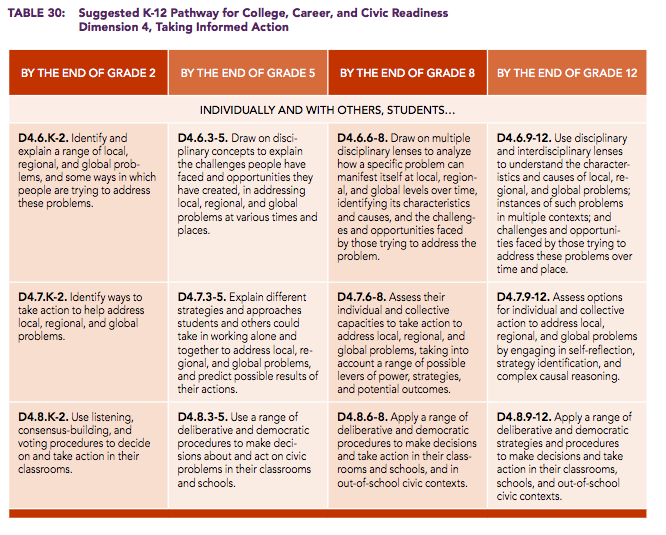(Frederick, MD) Within the past week, I have read two good manuscript chapters about the Dreamers and how they have used social media to change the public debate about naturalization and citizenship rights–even though they are young, not rich, and not even legally citizens. That kind of example suggests that the Internet strengthens the disadvantaged.
On the other hand, we have all read about the NSA’s monitoring of electronic communications, domestic and foreign. One of the most telling episodes in that story was Google’s outraged discovery that the NSA taps its data. Google has–and the NSA wants–a detailed profile of almost every Internet user in the world, valuable for marketers and spooks. This kind of example suggests that the Internet strengthens the strong.
It could do both, depending on context; and the balance may shift over time. To what extent various parties are empowered is an ongoing empirical question. But I would suggest a conceptual distinction to help guide the inquiry.
Part of politics is authoritative decision-making about rules or goods. That makes it substantially zero-sum. For instance, a win for the pro-choice side is a loss for the pro-life side. (However, everyone may gain from having a peaceful and efficient process for deciding contentious issues.) Insofar as politics is zero-sum, all parties will use the new technologies to try to win. It is an open question who will gain, relative to the others. Those who increase their share of power could be the traditionally weak, the traditionally strong, or both at the expense of the middle.
Some authoritative decision-making is not zero-sum. For example, the passage of same-sex marriage legislation is a loss for its opponents, but not if they decide that they like same-sex marriage (as millions have done). A shift in actual beliefs can enable a win-win outcome. The new electronic media are certainly changing the ways that public opinions shift. Again, it is an open empirical question whether this is a good thing. We have recently seen a rapid change in opinion favorable to gay rights but also a substantial erosion of belief in climate change.
Some politics is win-win or constructive interaction. For instance, when people collectively create Wikipedia, they are producing a public asset, and that is a political outcome. Yet, leaving aside some very hot struggles about particular Wikipedia pages, this effort is not adversarial.
When politics is collaborative, some may gain more than others. For instance, Wikipedia doesn’t do you much good if you can’t read. But it needn’t actually hurt anyone, and it may confer its benefits broadly. It enriches the commonwealth.
The Internet clearly has constructive outcomes like this. On the other hand, even Wikipedia uses carbon to run. That is a negative externality, and it is only an example of such. If Craigslist killed the daily newspaper, that was another casualty.
I have deliberately reached no conclusions here but have simply suggested that if we want to think about who is empowered by the new electronic media, it is worth dividing the topic into three parts: rivalrous politics, persuasive politics, and collaborative politics.

